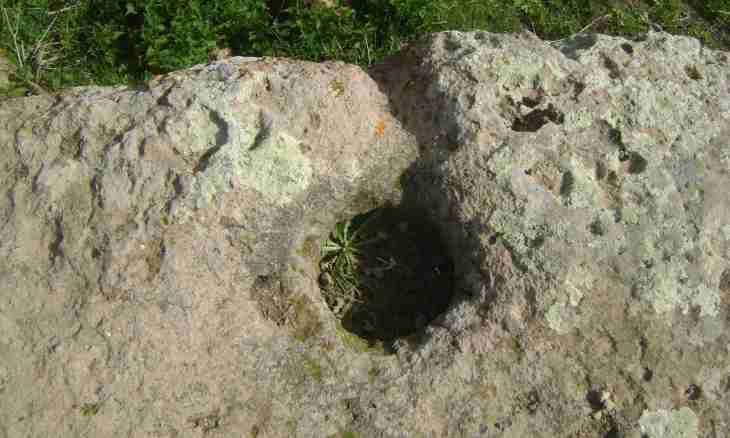Before beginning drilling of the well for receiving water, it is necessary to carry out calculations for definition of a water-bearing layer. Far on each well can be water-bearing, to you aerial photographs, topographic maps, geological reports will come to the rescue. It is the best of all to invite experts, especially in the droughty area, but approximately it is possible to define a water-bearing layer and independently.
It is required to you
- - aerial photographs;
- - information on the neighboring wells and wells;
- - observations of the environment;
- - topographic maps;
- - geological reports.
Instruction
1. The easiest way to find information on water-bearing layer – talk to neighbors and locals. Examine all nearby wells and wells, measure a depth of water in them. Take an interest about quality and amount of the extracted water. That the new well was most productive, it has to be located as it is possible further from the existing wells.
2. To learn how many water the water-bearing layer can give you, estimate quality of soil in it. A lot of waters usually contain pebble and sandy soil, and the layer is thicker and the granularity of soil is higher, the water-bearing layer is more productive. Clay and muddy soil is not so effective, it is better to dig out wider well. If around limestone, quartz, sandstone – choose places with breaks and the disappeared parts of rock, the greatest number of water contains there.
3. Pay attention to existence of vegetation, especially in the droughty area. The best indicators of water are perennial reed plants, bushes, broad-leaved trees (for example, a willow and a cedar). Also an indicator of availability of water – a congestion of ant hills. And here you should not look at annual herbs and ferns.
4. Good water-bearing layers are located near a surface water. Examine the local map – if nearby the bed of the river (even if it is filled with water only once in 5-10 years), in 15-20 meters is located, most likely, there will be a fine water-bearing layer.
5. Look for tracks of animals which conduct to a watering place, springs and keys. Slightly above such places it is possible to drill very productive well.
6. If there is an opportunity, study a configuration of hydrographic network. A rectangular configuration, with breaks of sedimentary rocks – the best place for drilling of the well. In folded breeds, with tangled wavy structure it is more difficult to find water-bearing layer – it can appear at top of a geological fold. In dense crystal breeds the branching system of a drainage is frequent.
7. Look at aero graphic pictures of a surface. As a rule, water-bearing layer repeats Earth's surface outlines. Can tell sharp changes and sloping rectilinear decreases in a low-lying relief about its existence.

